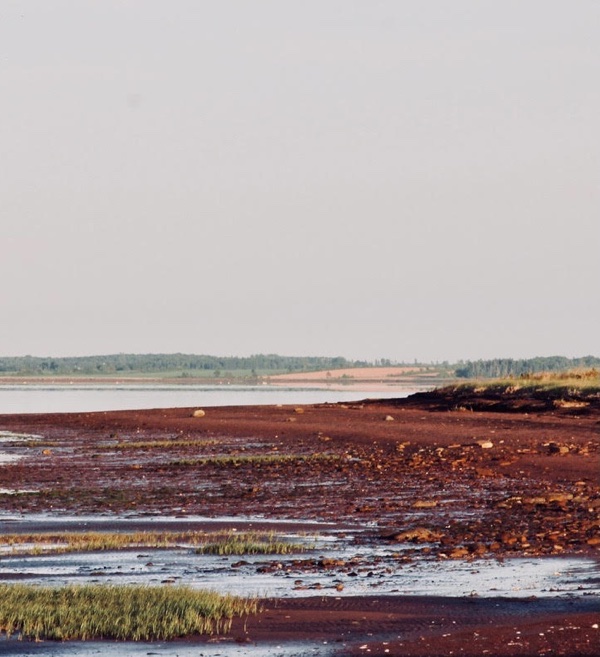Un programme de marche : apprendre du risque et de la connexion
DOI :
https://doi.org/10.25071/1916-4467.40610Mots-clés :
l’éducation environnementale, le risque, la connexion, le curriculum, le développement des enseignantsRésumé
L'acte de marcher a été décrit comme « une chute en avant merveilleusement coordonnée et élégante et se rattraper » (Kabat-Zinn, 2013, p. 125). Chaque pas que nous faisons est un risque physique dans lequel nous abandonnons notre corps dans l'espace, et ce n'est que lorsque nos pieds se (re)connectent à la terre que nous trouvons la stabilité et sommes capables d'avancer. Je propose que le risque et la connexion sont des éléments essentiels d'un programme de marche dans le cadre d'un cours d'éducation à l'environnement pour les candidats enseignants. Le concept de risque est exploré et je décris une variété d'activités de cours qui impliquent la prise de risques physiques, émotionnels ou professionnels. Le concept de connexion est également examiné avec un accent particulier aux humains en tant que partie intégrante du monde naturel; et encore une fois, je décris des activités du cours qui offrent aux candidats enseignants la possibilité d’expérimenter des liens avec le monde naturel et entre eux. L'environnement en tant que troisième enseignant est exploré, et enfin je réfléchis à ma position en tant qu'instructeur qui facilite les opportunités d'apprentissage pour les candidats enseignants dans notre cours.Références
Braun, T., & Dierkes, P. (2017). Connecting students to nature—how intensity of nature experience and student age influence the success of outdoor education programs. Environmental Education Research, 23(7), 937–949. DOI: https://doi.org/10.1080/13504622.2016.1214866
Carter, M. (2007). Making your environment “the third teacher”. Exchange, July/August, 22–26.
Fabjański, M., & Brymer, E. (2017). Enhancing health and wellbeing through immersion in nature: A conceptual perspective combining the stoic and Buddhist traditions. Frontiers in Psychology, 8(1573), 1–6. DOI: https://doi.org/10.3389/fpsyg.2017.01573
Geertz, C. (1996). Afterword. In S. Feld & K. Basso (Eds.), Senses of place (pp. 259–262). School of American Research Press.
Greenwood, D. A. (2009). Place: The nexus of geography and culture. In M. McKenzie, P. Hart, H. Bai, & B. Jickling (Eds.), Fields of Green: Restorying culture, environment and education (pp. 271–282), Hampton.
Howard, S. K. (2011). Affect and acceptability: Exploring teachers’ technology-related risk perceptions. Educational Media International, 48(4), 261–272. DOI: https://doi.org/10.1080/09523987.2011.632275
Kabat-Zinn, J. (2013). Full catastrophe living: Using the wisdom of your body and mind to face stress, pain, and illness. Bantam/Random.
Mullenbach, L.E., Andrejewski, R.G., & Mowen, A.J. (2019). Connecting children to nature through residential outdoor environmental education. Environmental Education Research, 25(3), 365–374. DOI: https://doi.org/10.1080/13504622.2018.1458215
Naess, A. (1989). Ecology, community and lifestyle. Cambridge University Press. DOI: https://doi.org/10.1017/CBO9780511525599
Renn. O. (2004). Perception of risks. The Geneva papers on risk and insurance, 29(1), 102–114. DOI: https://doi.org/10.1111/j.1468-0440.2004.00275.x
Sauvé, L. (2005). Currents in environmental education: Mapping a complex and evolving pedagogical field. Canadian Journal of Environmental Education, 10(1), 11–37. https://cjee.lakeheadu.ca/article/view/175
Slovic, R., Finucane, M. L., Peters, E., & MacGregor, D. G. (2004). Risk as analysis and risk as feelings: Some thoughts about affect, reason, risk, and rationality. Risk Analysis, 24(2), 311–322. DOI: https://doi.org/10.1111/j.0272-4332.2004.00433.x
Slovic, P. (2000). Trust, emotion, sex, politics, and science: Surveying the risk-assessment battlefield. In P. Slovic (Ed.), The perception of risk (pp. 390–412). Earthscan.
Steele, A., & Ashworth, E. (2017). From shafts to drifts: Collaborating to strengthen integrated teaching and learning. In D. H. Jarvis & M. Kariuki (Eds.), Co-teaching in higher education: From theory to practice, (pp. 112–136). University of Toronto Press. DOI: https://doi.org/10.3138/9781487514228-008
Téléchargements
Publié-e
Comment citer
Numéro
Rubrique
Licence
© Astrid Steele 2021 
Copyright for work published in JCACS belongs to the authors. All work is licensed under a Creative Commons Attribution-ShareAlike 4.0 International license.


